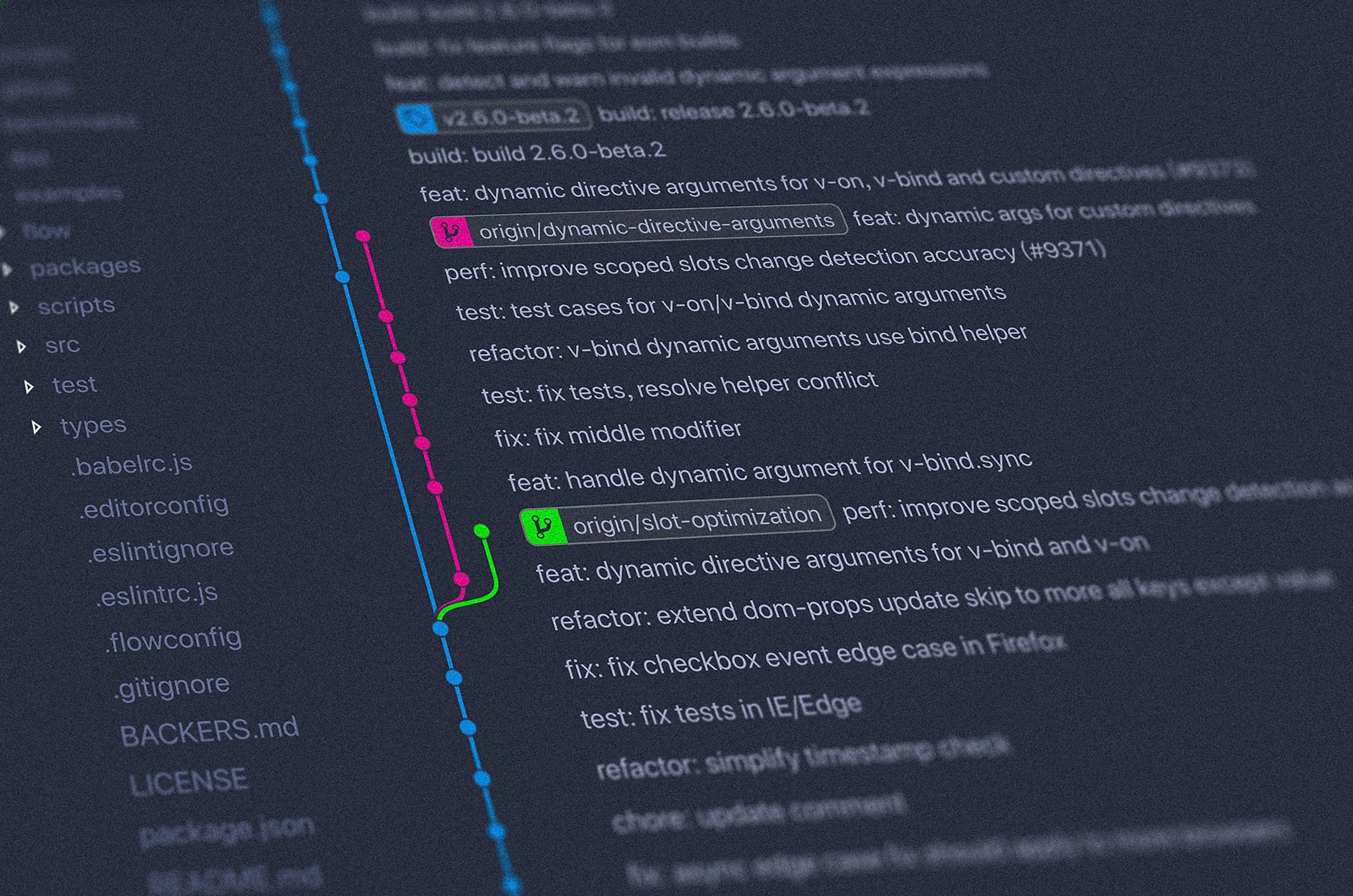How to Explain UX Design to Clients
In today’s digital age, understanding user experience (UX) design is crucial for creating products that resonate with users. However, explaining UX design to clients can be challenging, especially when they are not familiar with design principles. In this guide, we will explore effective strategies on how to explain UX design to clients, ensuring that they understand the value it brings to their projects.
Understanding the Importance of UX Design
Before diving into the details, it’s essential to highlight why UX design matters. According to a report by Forrester, a well-designed user interface could improve conversion rates by up to 200%. UX design focuses on enhancing user satisfaction by improving the usability, accessibility, and pleasure provided in the interaction with a product. When clients grasp this, they recognize that UX design is not just an optional add-on but a fundamental aspect of product development.
Tips on Explaining UX Design to Clients
1. Use Clear and Simple Language
When discussing UX design, avoid jargon that might confuse the client. Break down complex concepts into simple terms. For example, rather than saying “wireframes,” explain it as a blueprint that outlines where the elements on the site will be placed.
2. Illustrate with Visuals
Visual aids are powerful tools in conveying information. Use sketches, mockups, and prototypes to give clients a tangible understanding of UX work. Tools like Sketch and Figma allow you to create interactive models that demonstrate design concepts effectively.
3. Draw Analogies to Relatable Concepts
Analogies can simplify complex ideas. For instance, compare UX design to the layout of a store. Just as a well-organized store helps customers find products easily, a well-designed website helps users navigate effortlessly.
4. Emphasize Benefits and ROI
Clients are often interested in the return on investment (ROI). Cite credible sources and statistics to highlight the benefits. For example, a study by Design Management Institute shows that design-driven companies outperform the S&P 500 by 219%.
Strategies for Effective Communication
1. Regular Updates and Feedback Loops
Keep the client engaged through regular updates. Present progress and gather feedback to ensure alignment with their vision. Tools like InVision can facilitate this process by allowing clients to leave comments directly on the design.
2. Storytelling Approach
Narrate the potential user journey to the client. Describe how UX design leads to positive user interactions, which in turn increases engagement and customer loyalty. Storytelling makes the information relatable and memorable.
3. Showcase Case Studies and Success Stories
Sharing real-world examples helps clients see the concrete benefits of UX design. Provide case studies of past projects with positive outcomes due to effective UX strategies. Highlight metrics such as increased user retention or sales growth.
Conclusion
Successfully explaining how to explain UX design to clients is pivotal in ensuring that they understand its significant impact on project success. By using clear language, visuals, relatable analogies, and emphasizing the benefits, you can build client confidence in the UX process. Ultimately, a mutual understanding of UX design leads to better collaboration and successful outcomes for both the client and the design team.
By employing these strategies, you’re not just educating clients but also establishing yourself as an authoritative figure in the domain of UX design. For more insights and resources, explore trustworthy websites like Nielsen Norman Group and Interaction Design Foundation.
In crafting this post, we focused on delivering a clear and concise guide, ensuring that both novice and experienced clients can appreciate the intricacies and value of UX design.




